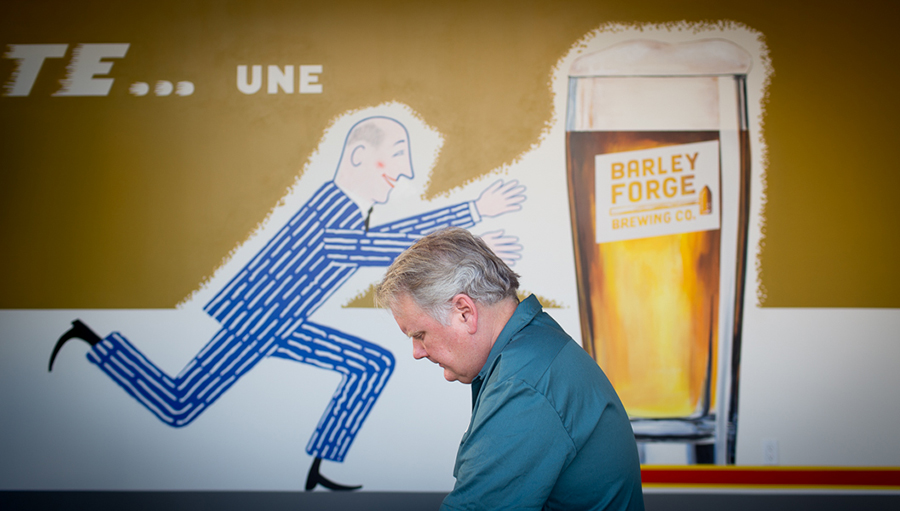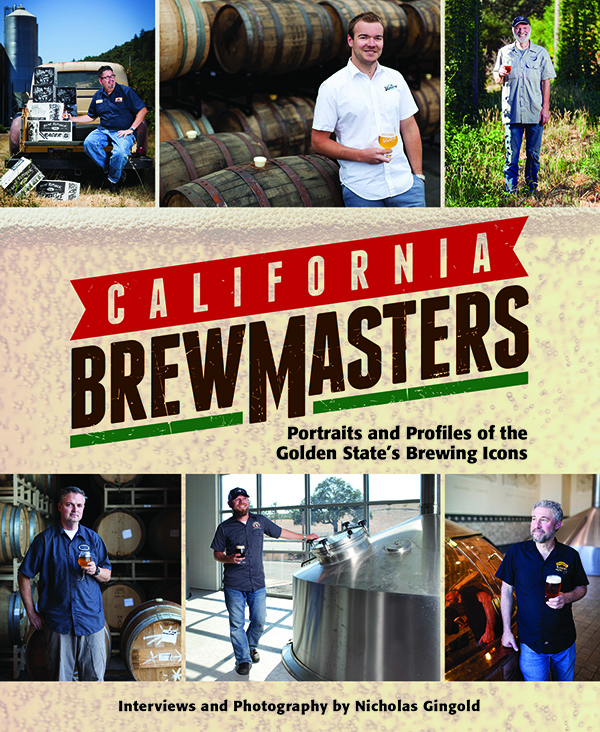Inside Sanctum Brewing Co: Meet Scott Lucas and Jason Stevens
*A version of this article will appear in the June issue of Beer Paper LA.
I first met the gentlemen of Sanctum Brewing, Jason Stevens and Scott Lucas, at the Great American Beer Festival this last year. We played shuffleboard together at a bar around midnight. Earlier that day I had photographed some competitive beer judging, where old men huddled around tables used their collective senses to sniff out hundreds of Belgian Tripels. They made sure, first and foremost, that each beer had the taste, smell, and appearance of exactly the style it claimed to be. Without passing this initial test, a beer is hardly given a second glance. While rigidity is a necessary evil for competitive fairness, the experience made me realize the important role that innovation has at the table as well.
This brings us back to Jason and Scott, two self described “regular dudes” that couldn’t care less about the rigidity of beer styles. And thank God for that. Sanctum Brewing, nestled in the corner space of the Pomona Packing Plant (about 6 miles east of Cal Poly Pomona), is rooted in inventiveness. But Sanctum’s envelope pushing, through the use of creative ingredients, doesn’t seem to come from an aggressive place; they aren’t testing boundaries for the sake of it. Instead, when you talk to these jovial, laid back guys, you get the feeling that they’re almost unaware of the role they’ve cast themselves as. They’re brewing what they want, and that’s pretty much the long and short of it.
Sitting down with Jason, Scott, and their dog Barley, I had the opportunity to ask about their five-year brewing history together, their use of odd ingredients (their beers have used molasses, fuji apples, rose water, real crabs, elderflower, and turnips), and the lessons learned from starting Pomona’s first brewery.
Nick: Tell me about how you guys got into craft beer?
Jason: We were roommates after college, but neither of us had a big interest in beer. We met at a church group, called Sanctum. We started watching the show Brew Masters with Sam Calagione from Dogfish Head. Even though we didn’t really like beer at the time we thought it was really cool, watching these different ingredients that they threw in. It opened our eyes to what beer was and what beer could be. I bought a four-pack of DogFish Head’s Midas Touch, and it and it was just so unique and different. That was really the catalyst. We started to experiment, tried out the local breweries, and got really into the beer scene.
Scott got married and had a garage, some of our buddies and coworkers were home brewing, so he just called me up one day and said, “I think I want to do this home brewing thing.” I said, “Yeah, let’s do it!”
Scott: $700 later…
Jason: Yeah, $700 later. That’s how we got started with home brews. Out of his garage. And before we opened a brewery we pretty much brewed every batch together.
Scott: We’ve been brewing almost 5 years now. We home brewed for 3 years and Sanctum started up a couple years ago. We’re still home brewing now; we have the same system we started with here at the brewery for pilot batches.
Nick: What were you guys drinking before your home brew days?
Jason: I would drink spirits and I liked cocktails but besides that I would drink Mike’s Hard Lemonade. If we went camping we’d get a twelve pack of Mike’s.
Scott: We did this thing called “Man Weekend” where me, Jason and some other friends would go camping. The rule was that we couldn’t plan anything. So we’d go to a campsite and just figure out what to do for three days, but we would always buy beer. We bought Sierra Nevada Anniversary Ale and at the time we all thought it was disgusting and so bitter. It’s funny to me now.
Nick: So where did you guys meet before you were roommates?
Scott: I moved in with his brother and then Scott ended up moving in. We split a room because it was so cheap. When I got married we got a place with a garage, and I honestly don’t think I ever would have started brewing if it wasn’t for that garage. We’ve always done all grain, we never did extract. Most of the stuff we saw on Brew Masters with throwing things in beer you couldn’t do with an extract batch. You can’t just throw toasted bread heels into a mash tun if there is no mash tun.
Nick: Tell me more about Sanctum. What does it represent and what do you want it to be?
Jason: We would always talk about what we wanted to be as a brewery, the beers we wanted to make and the kind of company we wanted to be. In my hunt for slogans, my personal motto for the company is, “bravery, brilliance, and benevolence.” So, we brew brave things, like a sushi beer for example. We would do it well (brilliantly), and we’d find ways to give back (benevolence). Most breweries are looking for ways to give back; we just really wanted to make it a note to look for ways to give, whether it was money or whatever else. It’s part of our DNA.
Scott: Personally, I don’t care about style guidelines or anything like that. The way we brew is so different sometimes. Sometimes you think of what you want it to be and then you work backwards. Other times you think of a style and maybe you make it straight up and it will be great, but most times it’s, “what if we did this?” and then turn it into a beer.
Nick: What are the philosophies that you take to your beers? You use a lot of different ingredients that I don’t find often. What’s your process like to create a beer?
Scott: I’ll let Jason answer because I’m much more technical and Jason will be the guy that has the strokes of genius. Explain the sushi beer.
Jason: I don’t even like sushi, but I guess when it comes to creating unique beers, again a lot of inspiration comes from Dogfish Head. I’ll try any beer they put out, even if it’s bad. And with the sushi beer for example, they made Choc Lobster [a robust porter brewed with live lobsters – Ed.] last year, and I thought it was interesting and wanted to figure out what a West Coast version would be like. We wondered what we could do.
Beer is so diverse with what you can do with it; it’s really about applying the right ingredient to the right style of beer. I think sometimes it gets way crazy, and sometimes it works out. There are other beers we’ve tried to make that haven’t worked out. Like putting lavender in a Scotch Ale. It just tasted like varnish. It wasn’t anything that we did wrong; it was just a bad combination.
Nick: Can you describe that sushi beer, California Roll’n?
Jason: Almost every ingredient was made in California except for the malt. The rice was made in California, it’s sticky rice, same you’d use in a roll. We use rock crab and avocado honey, and then cucumber. There’s seaweed as well, it’s every aspect of a California roll. It comes together to create a really nice sweet honey beer that has some rice notes and some savory notes from the crab that’s boiled in the beer. Other than that it’s the most basic beer in the world, it’s pilsner and rice.
We try to be pretty on top of smaller batches to see what the public likes. Even the Kottbusser, it’s not unique to us but it’s a historic beer that’s not really brewed anymore. So we tried to put our own spin on it.
Nick: Can you tell me about that one?
Scott: There were pictures of brewing notes from a hundred years ago for Kottbusser. It was oat, wheat, Pilsner, molasses, and honey. Those were the building blocks. Our version had a good amount of wheat and oat, and pretty subtle on the honey and molasses, but it’s pretty crazy how much of it still comes through. You can taste both in the finish product.
Ultimately we want to be known for brewing the beer that we want to brew. And if people like it, that’s what matters.
Jason: People get to discover it, too. We had that epiphany that there are still so many people still entering craft beer that don’t know what it’s about, and there are so many different things to try. We could just be another IPA brewery, and there’s nothing against that, but we also can’t get the hops.
Scott: Look at El Segundo. Probably 80% of their beers are IPAs, and they are all freakin’ phenomenal. They’re so good, right? So there’s still room for that; people are always going to want a pale ale of some strength in some form. We have a couple IPAs on tap, so it’s not like we’ve vowed against them, it’s just not where our heart is, and it’s not where our loyalties lie.
Nick: Would you say that the influence for your beers all stems back to original show you both watched? Working on “weird beers” with different ingredients?
Jason: I think it does.
Scott: For our first batch of beer we went to More Beer and asked for a recipe sheet, but by the time we left 90% of the recipe had been changed and it was more of a rough outline of a beer. It was twice the strength, and that’s the same beer we brew as Deus Volt. Everybody that tasted it asked if it was really our first beer.
Our second beer was Hamish the Red, which we brew with turnips. Our third beer was Barley Rose, which has rose petals and distilled rose water that we made ourselves at the time.
Nick: Do you guys cook a lot?
Jason: Yeah, you know… frozen pizza…?
Nick: Well, I look at your tap list and there’s something very sophisticated about it. You’re using turnips, which is a fairly mild flavor. The same goes for a lot of these… rose water isn’t in your face but it’s very delicate. Usually these flavors will come from people that have some type of culinary background.
Scott: I think that’s probably a much easier way of coming up with recipes, but ultimately it comes from something you had – a milkshake for example – or some grouping of flavors; like the Salted Belgian Chocolate Stout beer with New Belgium. Someone probably had a salted hot chocolate and thought it was really good. I think we have a good idea of what would taste good in theory, but we also have horrible, horrible misses.
Nick: Let’s talk about Pomona, you guys were the first brewery in town. What was it like dealing with a city that may not have understood the concept of a brewery?
Scott: Exactly, you nailed it.
Jason: Yes; there were many hurdles. With any new city that hasn’t had a craft brewery before, they might not know what’s going on. They had a lot of questions and a lot of no’s. We wanted a tasting room and they only wanted us to do a certain amount of 3oz pours per person. We had to tell them that wasn’t really how it worked, and tried to get their planning guys to do some research. We could have done it for them but they had should have gone to another brewery to really see. They said it was a three month minimum but it took seven months to get our CUP, for example. By the end of it, did we get what we wanted? No.
Scott: We can’t have TVs, or be open past 9:30pm. We’re allowed to be open four days a week. No live entertainment. We got screwed in some ways because we were the first, and we didn’t want to be too greedy because we were afraid they’d shut us down. Hindsight is 20/20, and if I knew then what I knew now I think we would have known they need us, we give them lots of tax revenue.
Nick: Has the city has progressed since?
Jason: Now that we’re an established place that set the precedent, the city has been a lot more generous with everyone else, which is totally cool. I think the craft beer culture here really started with the Rookery.
Scott: The Rookery is really like “the thing” here. Most places I go to the tap list just sucks compared to the Rookery. So they’ve been fighting the battle from the beginning and right away we became friends with Raymond, the owner. He was our first account.
Nick: Do you consider yourself part of the LA beer scene?
Scott: I don’t know many people that live in Silver Lake that say, “let’s go to Pomona because that’s in LA.” At first it was uncomfortable for me personally because we were offered to be in both the Los Angeles Guild and the Inland Empire Guild. It was weird; we were in the very middle of the ven diagram. We ultimately went with LA, nothing against Inland Empire.
We view ourselves as part of the LA scene, but we can enjoy this region. Dale Brothers, Rock House, Claremont Craft Ales, Chino Valley, I & I, some of us are in San Bernardino and some in LA, but the customers view us as the same region because we’re all just five minutes apart. But we’re in LA County so we’re enjoying that as well. We’re also buying wine barrels in conjunction with Smog City because of the LA Guild… so hell yes.
Jason: I feel like it’s coming out really good for us in the long run because we get the best of both worlds. The LA beer scene is really starting to thrive, and it’s the LA County Brewers Guild, not just the City of Los Angeles. You have Kinetic in Lancaster, us on this end… Wolf Creek past Santa Clarita. LA is a sprawl and we’re all trying to promote the greater LA scene because that’s what we’re apart of.
Nick: Is there an issue of interest or importance that you want to talk about? Something beer related that’s been on your mind lately?
Scott: I don’t think there’s a real “beer bubble” that’s going to burst. I don’t think 70% of breweries will be ruined at some point. That’s a weird mentality; that we’re all ruined and we just don’t know it yet. I hate that thought. I don’t know how many places just want to stay small and local, versus how many want to expand and take on large distribution. I’d say we’re somewhere in between. We definitely have high hopes, but we’re not willing to take out that huge loan and hope it goes well.
I’m interested in how many of us can get huge. Not how many of us can exist, but how many can get huge. It seems like there’s room for all of us, but there isn’t room for all of us at the top.
Nick: being a small brewery, do you see a lot of your successes coming from rapidly expanding? Is that a priority for Sanctum?
Scott: Yes and no. I think we have grown rapidly; the past six months have been way better than the six months before that. We want to grow but it has to be based on people wanting us to grow. Sometimes we have to check ourselves because we might want to get new fermenters, but we have to look at and see if our fermenters are full all the time. Mostly yes, but not all the time. So maybe we’re not there yet?
We’re just being realistic about it. If people decide we’re awesome and they want to buy our sushi beer when it’s bottled, that’s what we’re hoping for. That sushi beer, California Roll’n, that’s the epitome of Sanctum, that’s the kind of stuff we want to be famous for.
Nick: what do you want to say to LA people about Sanctum?
Jason: Come out here, and come to our tasting room. We’re just a couple dudes brewing what we want and what our customers want, we’re not trying to get rich on it, but we’re trying to live. We have a lot of locals, and we’re just trying to create a community of beer drinkers.
Scott: Our motto is that we just want Sanctum to be a nice place to be. The beer is awesome, the people are awesome, and the ambiance is great. We serve people not customers, we want to talk to them and hear their story. So far that’s been our biggest trademark, how we treat people and how they feel when they’re here. And the beers not bad too!
For more information visit www.sanctumbrewing.com. Tasting room is open Th/Fr 4p-9:30p, Sat 2p-9:30p, Sun 12-6pm.


















Leave a Reply
Want to join the discussion?Feel free to contribute!